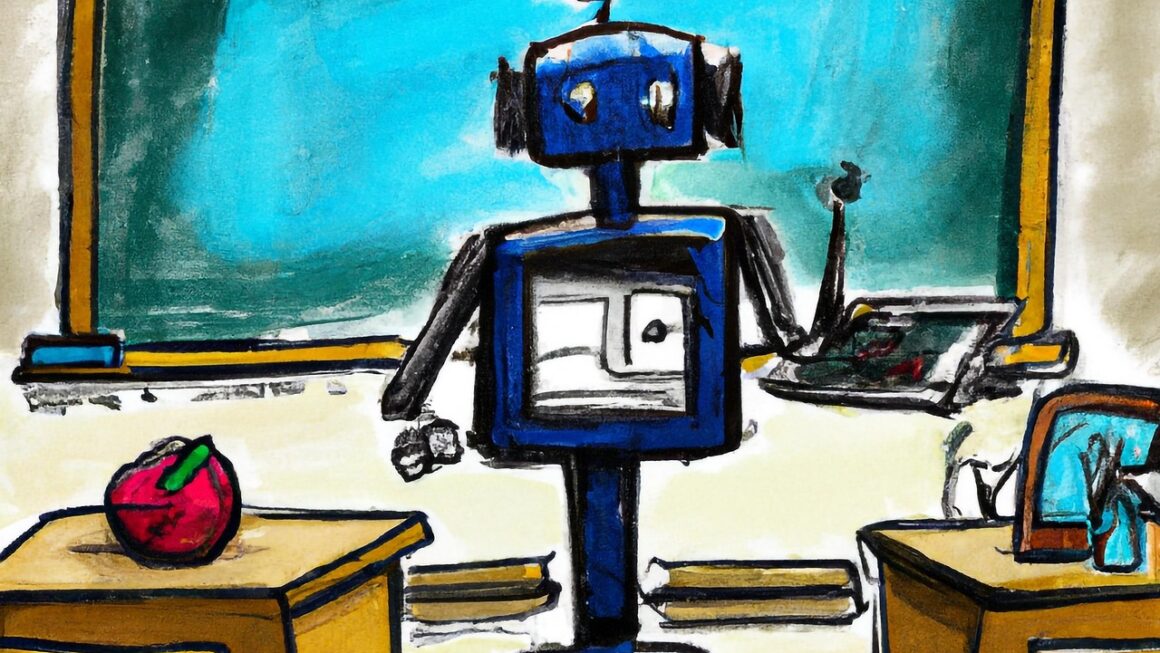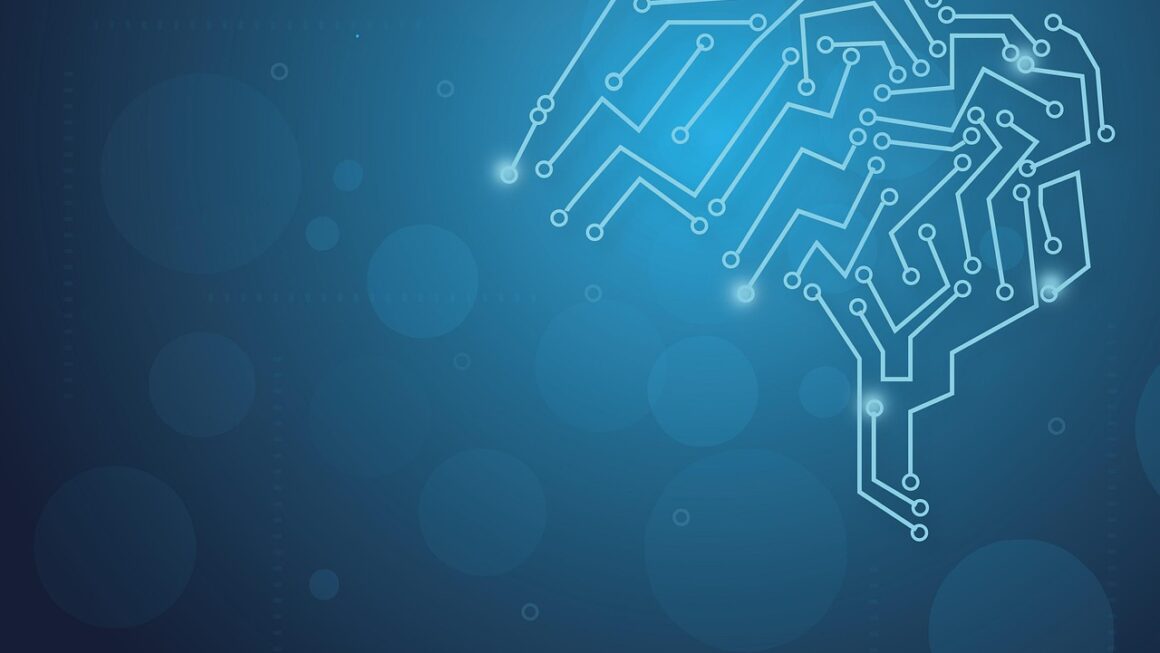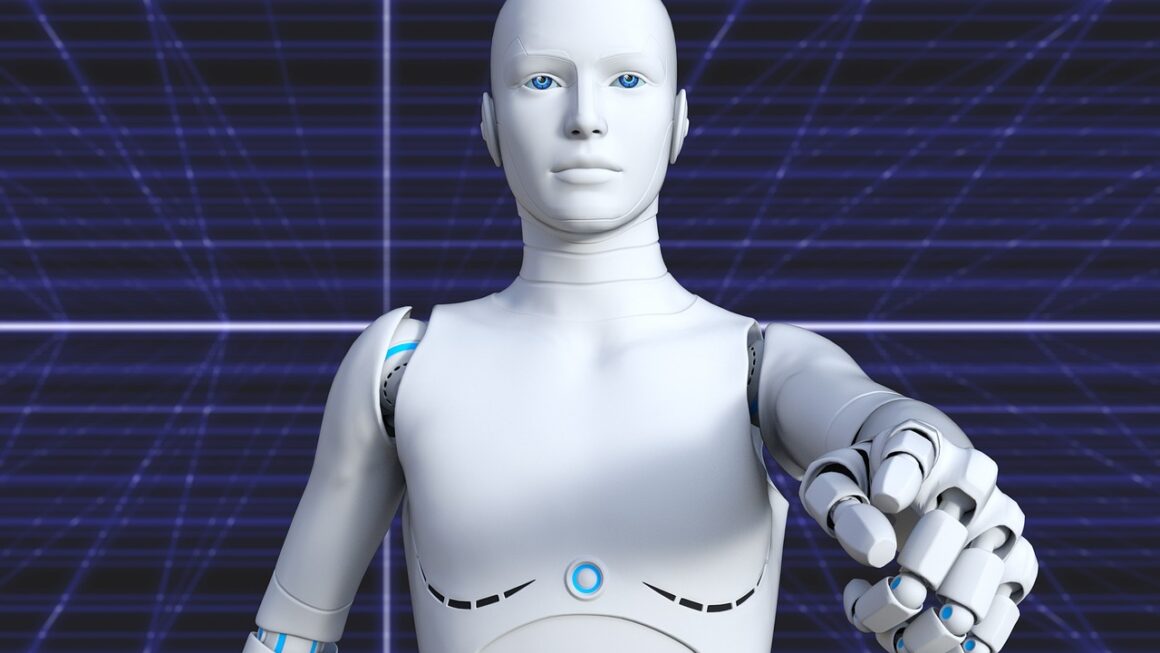The artificial intelligence (AI) industry is rapidly transforming the world as we know it, impacting everything from healthcare and finance to transportation and entertainment. With advancements in machine learning, natural language processing, and computer vision, AI is no longer a futuristic concept but a present-day reality. This blog post delves into the current state of the AI industry, exploring its key trends, applications, challenges, and future prospects, offering valuable insights for businesses and individuals alike.
What is the Current State of the AI Industry?
Market Size and Growth
The AI market is experiencing explosive growth, driven by increasing adoption across various sectors. According to a recent report by Statista, the global AI market is projected to reach hundreds of billions of dollars in the coming years. Key drivers include:
- Increased investment in AI research and development.
- Growing availability of big data.
- Rising demand for automation and intelligent solutions.
- Advancements in computing power and algorithms.
Key Players in the AI Industry
The AI landscape is populated by a diverse range of players, including tech giants, startups, and research institutions. Some of the leading companies in the AI space are:
- Google: Focused on AI research, cloud-based AI services (Google Cloud AI), and AI-powered products (e.g., search, Assistant).
- Microsoft: Offering AI solutions through Azure AI, including machine learning, cognitive services, and bot development tools.
- Amazon: Providing AI services through AWS AI, encompassing machine learning, natural language processing, and computer vision capabilities.
- IBM: Known for its AI platform Watson, which offers AI-powered solutions for various industries.
- NVIDIA: Leading provider of GPUs, which are essential for AI training and inference.
These companies are constantly pushing the boundaries of AI, developing new algorithms, tools, and applications that are shaping the future of the industry.
AI Applications Across Industries
Healthcare
AI is revolutionizing healthcare, offering a wide range of applications that can improve patient outcomes and reduce costs. Examples include:
- Diagnosis and Treatment: AI algorithms can analyze medical images (e.g., X-rays, MRIs) to detect diseases like cancer with greater accuracy and speed.
- Drug Discovery: AI can accelerate the drug discovery process by identifying potential drug candidates and predicting their effectiveness.
- Personalized Medicine: AI can analyze patient data to develop personalized treatment plans tailored to individual needs.
- Robotic Surgery: AI-powered robots can assist surgeons in performing complex procedures with greater precision and control.
Finance
The finance industry is leveraging AI to improve efficiency, reduce risk, and enhance customer service. Key applications include:
- Fraud Detection: AI algorithms can analyze transaction data to identify and prevent fraudulent activities.
- Algorithmic Trading: AI-powered trading systems can make trading decisions based on market data, optimizing returns and minimizing risks.
- Risk Management: AI can assess credit risk, predict market trends, and manage financial risks more effectively.
- Customer Service: AI-powered chatbots can provide instant customer support, answer questions, and resolve issues.
Manufacturing
AI is transforming manufacturing processes, enabling greater automation, efficiency, and quality control. Examples include:
- Predictive Maintenance: AI can analyze sensor data from equipment to predict when maintenance is needed, preventing costly downtime.
- Quality Control: AI-powered vision systems can inspect products for defects, ensuring high quality standards.
- Robotics: AI-powered robots can perform repetitive tasks, freeing up human workers for more complex activities.
- Supply Chain Optimization: AI can optimize supply chain operations, improving efficiency and reducing costs.
Challenges and Ethical Considerations in AI
Data Bias and Fairness
One of the biggest challenges in AI is data bias. If the data used to train AI algorithms is biased, the resulting AI systems will also be biased, leading to unfair or discriminatory outcomes.
- Example: Facial recognition systems trained on predominantly white faces may perform poorly on faces of other ethnicities.
To address this challenge, it’s crucial to:
- Use diverse and representative datasets.
- Develop algorithms that are fair and unbiased.
- Regularly audit AI systems for bias.
Lack of Transparency and Explainability
Many AI algorithms, particularly deep learning models, are “black boxes,” meaning that it’s difficult to understand how they make decisions. This lack of transparency can be problematic, especially in critical applications where explainability is essential.
- Example: It can be hard to understand why an AI model denied a loan application.
To improve transparency and explainability:
- Use explainable AI (XAI) techniques.
- Develop models that are easier to interpret.
- Provide explanations for AI decisions.
Job Displacement
The increasing automation of tasks through AI raises concerns about job displacement. While AI can create new jobs, it may also eliminate existing ones.
- Example: AI-powered robots may replace human workers in factories.
To mitigate the negative impacts of job displacement:
- Invest in education and training programs to prepare workers for new jobs.
- Promote policies that support workers in the transition to the AI-driven economy.
Future Trends in the AI Industry
Edge AI
Edge AI involves processing AI algorithms locally on devices, rather than in the cloud. This offers several benefits, including:
- Lower latency.
- Increased privacy.
- Reduced bandwidth consumption.
Generative AI
Generative AI models can generate new content, such as images, text, and music. This technology has the potential to revolutionize various industries, including:
- Creative Arts: AI can generate art, music, and other creative content.
- Content Creation: AI can assist in writing articles, creating marketing materials, and generating product descriptions.
- Drug Discovery: AI can design new molecules with desired properties.
AI for Sustainability
AI can play a crucial role in addressing environmental challenges and promoting sustainability. Examples include:
- Smart Grids: AI can optimize energy distribution, reducing waste and improving efficiency.
- Precision Agriculture: AI can help farmers optimize crop yields, reduce water consumption, and minimize the use of pesticides.
- Climate Modeling: AI can improve climate models, enabling more accurate predictions and better informed policy decisions.
Conclusion
The AI industry is poised for continued growth and innovation, transforming businesses and society in profound ways. Understanding the current state, key applications, challenges, and future trends in AI is essential for organizations and individuals seeking to leverage its potential. By addressing the ethical considerations and challenges associated with AI, we can ensure that it is used responsibly and for the benefit of all. The future of AI is bright, and its impact on our world will only continue to grow.




